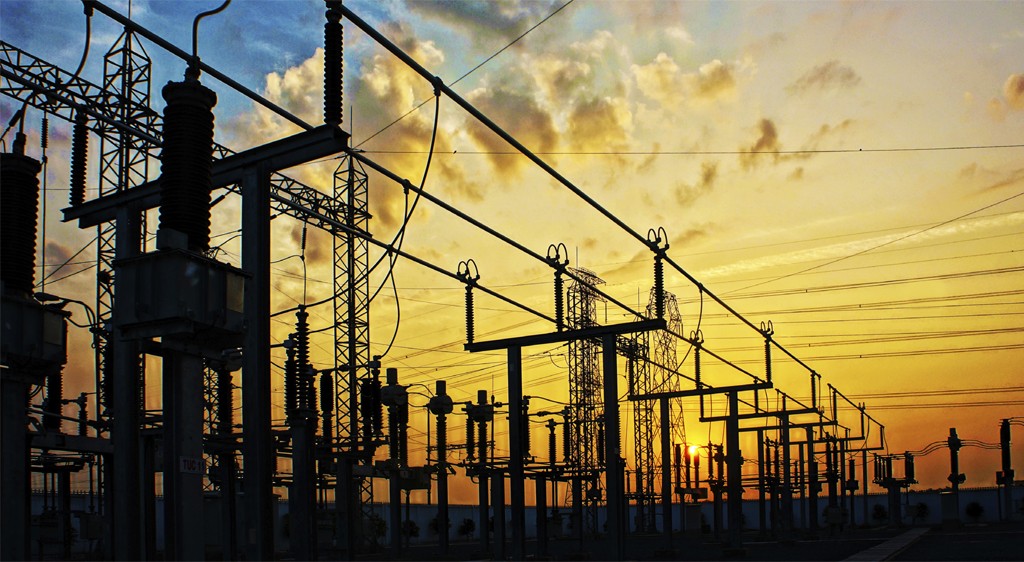FLIR thermal imaging improves substation surveys
By EPR Magazine Editorial October 30, 2018 4:39 pm IST
By EPR Magazine Editorial October 30, 2018 4:39 pm IST

During a routine inspection at a PG&E substation in the San Joaquin Valley, an electrician felt heat blast his face as he was passing within 5 ft of an energised transformer bank. While one would expect a transformer bank to give off some heat, the intensity of it alarmed him. He immediately grabbed a handheld thermal camera from his truck, and within seconds verified that there was a major issue.
Prevent a serious outage
On investigating, it was discovered that there was no oil flow in the transformer. Fortunately, detecting the problem early helped the utility company and its customers avoid the impact of a serious outage and safety issue. “By detecting it in time, the incurred repairing cost of the transformer bank was about $300,000. That’s a major savings compared to the roughly $3 million to replace it, which we would have had to do if it had completely failed and been destroyed,” said Ray Friend, Supervisor of the substation’s maintenance and construction. The repair took about one week with a crew of six – about one-sixth of the time it would have taken waiting for a replacement. Sometimes delivery of this equipment can take months to arrive.
Safety measurements
It’s cases such as this that prompted PG&E to add more than 200 new mid-range, pistolgrip FLIR thermal imagers to their collection of inspection tools. Friend explained that the purchase was simply a matter of common sense. Providing each PG&E crew with a thermal imaging camera allows them to immediately see heat anomalies that signal potential danger. “Safety is always the first thing we want to think about,” explains Ray. “The crew wants to know if something is operating within safety parameters the way we expect it to, whether it’s oil-filled equipment or an air switch under load.” An infrared camera allows them to have confidence that the equipment they are working on is safe. PG&E crews now routinely do a quick scan to look for unusual hotspots on a variety of components that may need maintenance. “If you’re required to stand at the end of a 16-ft disconnects stick, ready to rip a switch open, you want to be able to trust that the switch is properly adjusted and going to do what it’s supposed to. That’s what the camera gives us,” Ray says.
Efficiency is a factor
Inspections go much faster with thermal imagers than they do with more traditional equipment, such as IR thermometer guns. That’s because temperature guns require scans to be performed close to the target for accuracy, only providing one reading at a time. Plus, they don’t produce a picture, making surveys of the many electrical components in a substation a painstaking process.
This gives PG&E much better control over a situation, allowing them to more effectively target and plan repairs that help prevent expensive emergencies and shutdowns. With the ability to uncover hidden problems well in advance, when they can still be repaired, instead of being replaced, Friend feels that the affordable point-and-shoot IR cameras pay for themselves in no time. Ray says, “If you can spend a nickel today rather than $10 tomorrow, why wouldn’t you want to spend it now? It just makes sense operationally and safety-wise.”
For more information, please visit www.flir.com
We use cookies to personalize your experience. By continuing to visit this website you agree to our Terms & Conditions, Privacy Policy and Cookie Policy.